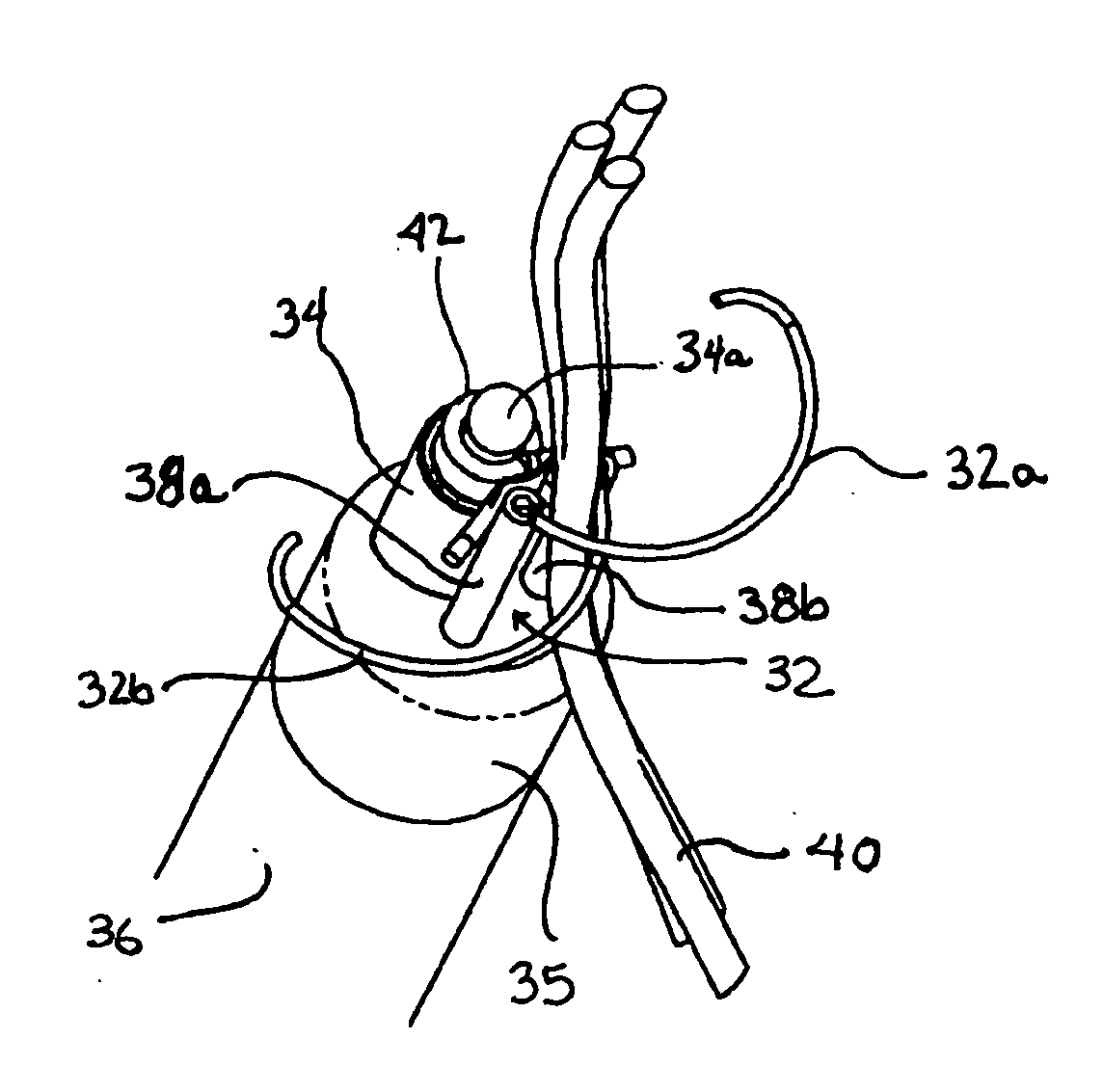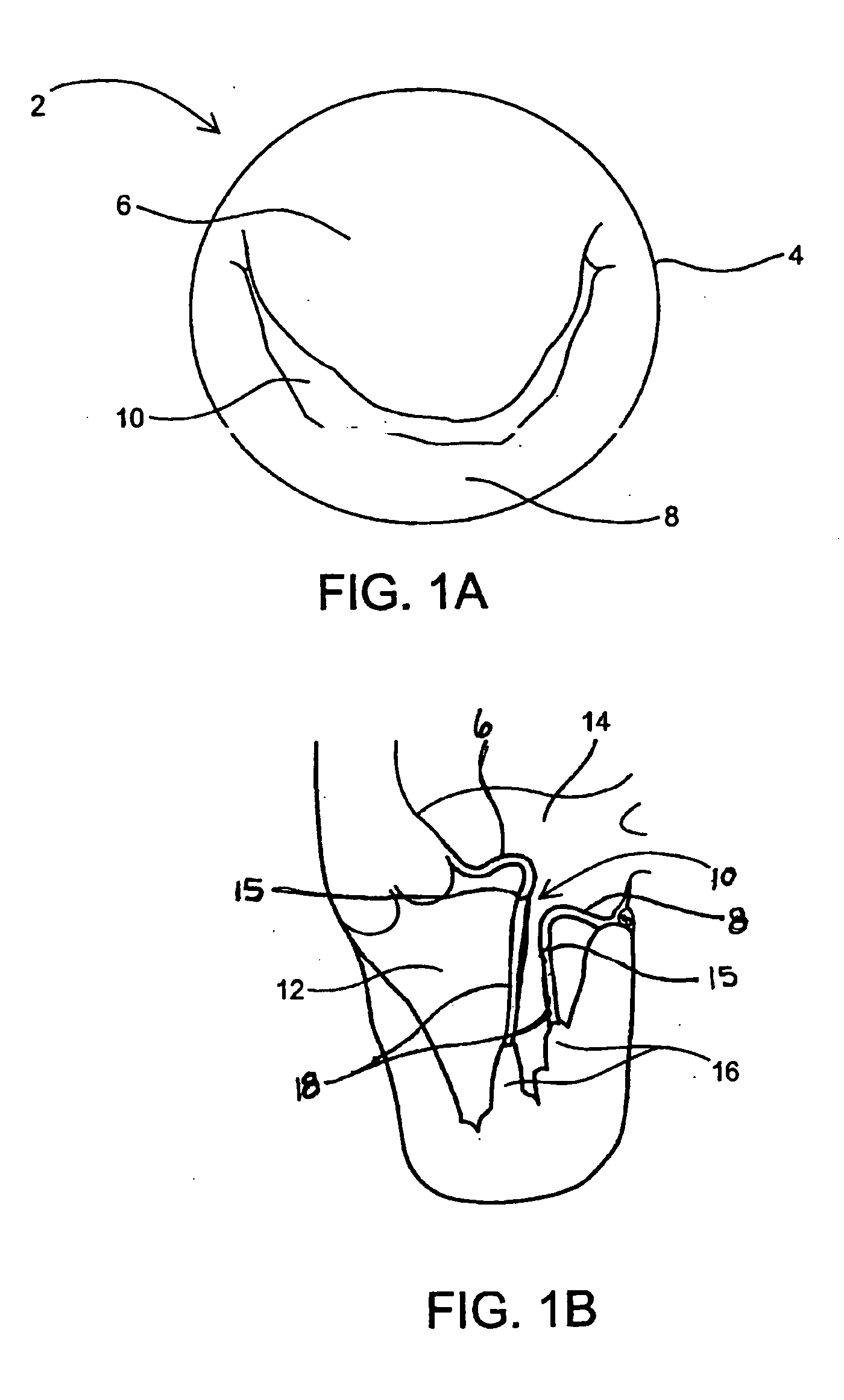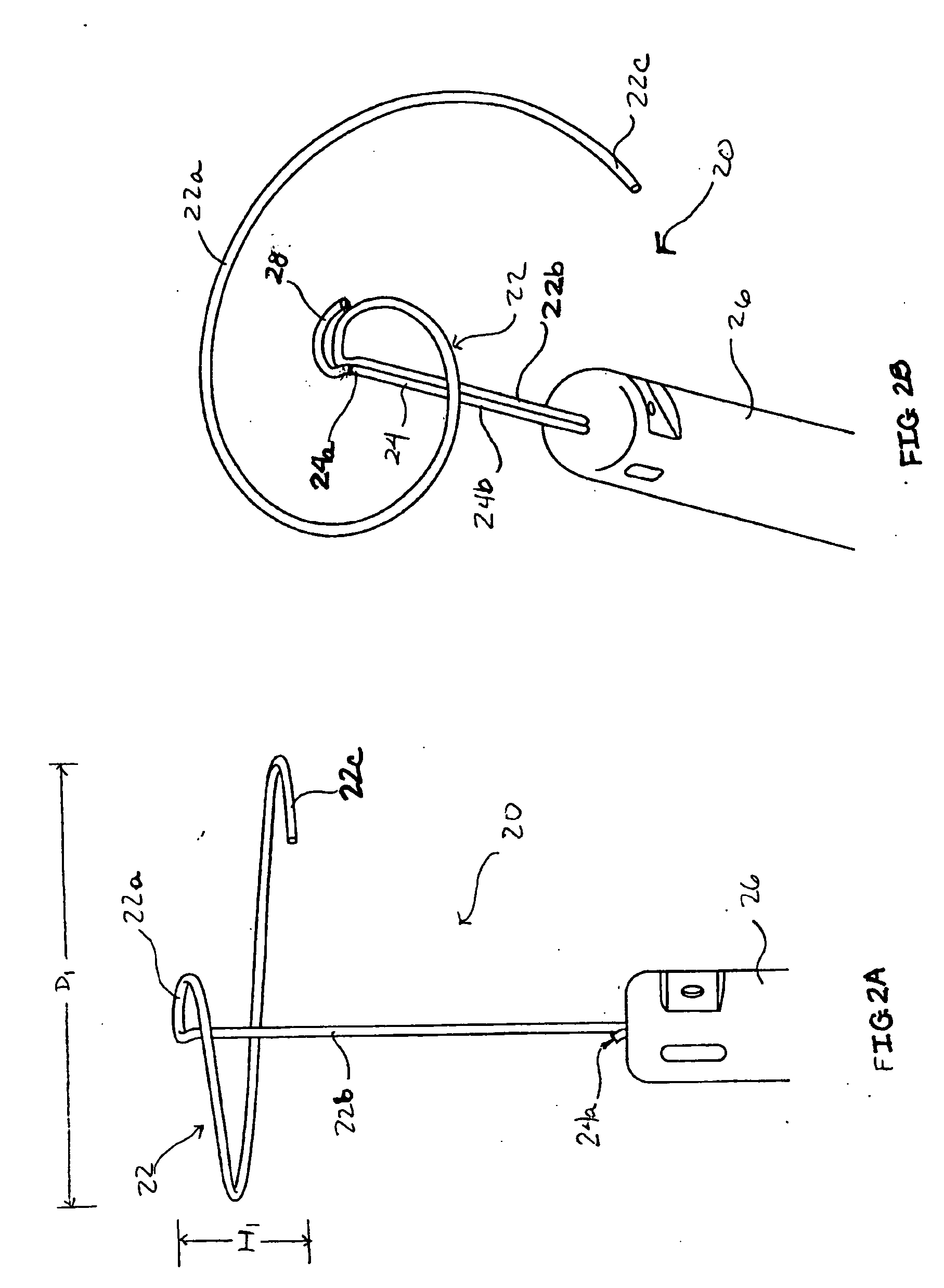Devices and methods of repairing cardiac valves
a technology of cardiac valves and devices, which is applied in the field of less invasive repair of cardiac valves, can solve the problems of affecting the proper functioning of the valve, affecting the ability to fully open and permit adequate forward blood flow, and improper functioning of the valve can be severe debilitating and even fatal, so as to improve the flow/pressure characteristics of the subject valve, improve the flow/pressure characteristics, and reduce the effect of regurgitation
- Summary
- Abstract
- Description
- Claims
- Application Information
AI Technical Summary
Benefits of technology
Problems solved by technology
Method used
Image
Examples
Embodiment Construction
[0033] As mentioned above, the present invention includes devices, methods and kits for repairing cardiac valves, particularly mitral and tricuspid valves experiencing regurgitation.
[0034] Before the present invention is described in detail, it is to be understood that this invention is not limited to particular embodiments and applications described, as such may, of course, vary. For example, the following description of the invention is primarily described in the context of mitral valve repair; however, such description, with certain obvious modifications to the invention, is also intended to apply to the repair of tricuspid valves as well as other tissue structures similar to that of cardiac valves. It is also to be understood that the terminology used herein is for the purpose of describing particular embodiments only, and is not intended to be limiting, since the scope of the present invention will be limited only by the appended claims.
[0035] Where a range of values is provi...
PUM
 Login to View More
Login to View More Abstract
Description
Claims
Application Information
 Login to View More
Login to View More - R&D
- Intellectual Property
- Life Sciences
- Materials
- Tech Scout
- Unparalleled Data Quality
- Higher Quality Content
- 60% Fewer Hallucinations
Browse by: Latest US Patents, China's latest patents, Technical Efficacy Thesaurus, Application Domain, Technology Topic, Popular Technical Reports.
© 2025 PatSnap. All rights reserved.Legal|Privacy policy|Modern Slavery Act Transparency Statement|Sitemap|About US| Contact US: help@patsnap.com



